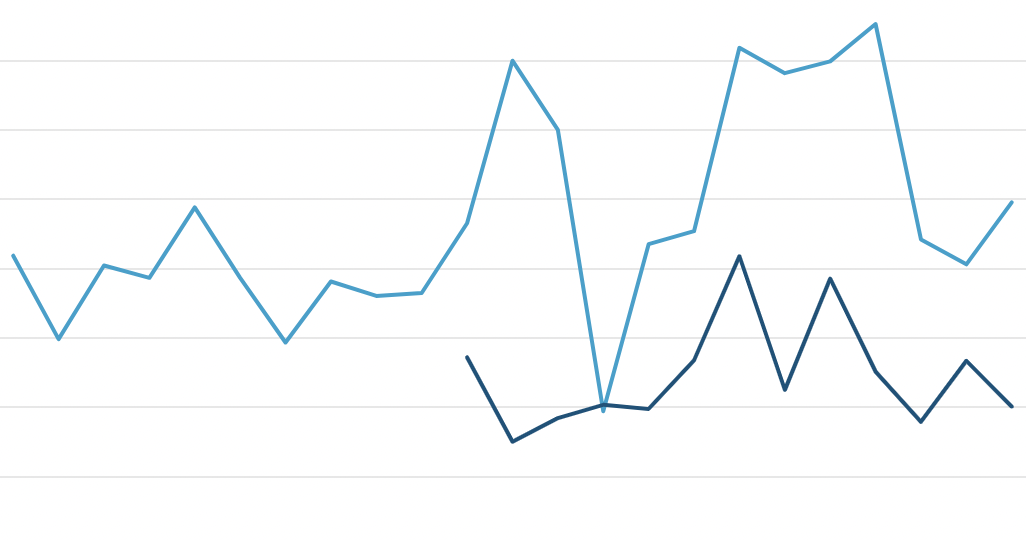Today’s post is a follow-up to analysis I did of the recent federal and Victorian elections, looking at how the recent NSW election rates on measures of proportionality.
The federal and Victorian results hit new highs of disproportionality. While the NSW lower house result was far from proportional, it wasn’t particularly remarkable. The most disproportionate election results in NSW were from 1999 to 2007.
The most widely-accepted measure of disproportionality is the Gallagher Index. A score of 0 would indicate a perfectly proportional result, while higher numbers indicate less proportional results.
The 2022 federal election scored 16.5, while the Victorian election scored 21.8. The 2012 Queensland election, when the LNP won 88% of the seats with just under half the vote, scored 31.2.
I would argue that anything under 5 is a reasonably proportional result. Pretty much the only systems that consistently get scores around 1-2 are pure national PR systems like in the Netherlands. This paper has index calculations for many countries.
The Assembly result in NSW resulted in a score of 9.9. This was a slight uptick from the last two elections, but significantly less than the 1999-2011 period, when the results scored 14-15.
These scores tended to happen when there were landslide Labor wins, with a similar score when Labor won its second landslide in 1981.
While there is no strong relationship between votes and seats in the Assembly election, quite a few crossbenchers were elected, so independent and Greens voters have some representation.
The Labor and Coalition parties both polled a similar primary vote (35-37%). Labor did win nine more seats than the Coalition, but it wasn't the sort of overwhelming lopsided results we can see, and we did see in the recent Victorian election.
The score for the Legislative Council election is also interesting. I would have expected a slightly lower score, but I think this is partly a function of only electing 21 members. It would be hard to split those 21 seats in a more proportional way, but it's less proportional than if that same system was used to elect 42 or 50 seats. The Council results did become less proportional in 1999, when group voting tickets helped a number of parties win seats off tiny votes, but also in 2007, which was a result I can't fault. But when you're only electing 21 seats, parties on 4% and 2% can get the same result.
You can read my previous analysis using the Gallagher index here. Overall while the NSW result wasn't the most disproportional, it's still not acceptable, with Labor still gaining a substantial bonus at the expense of smaller parties like the Greens. The Labor government fell just short of a majority despite polling less than 37% of the primary vote.



